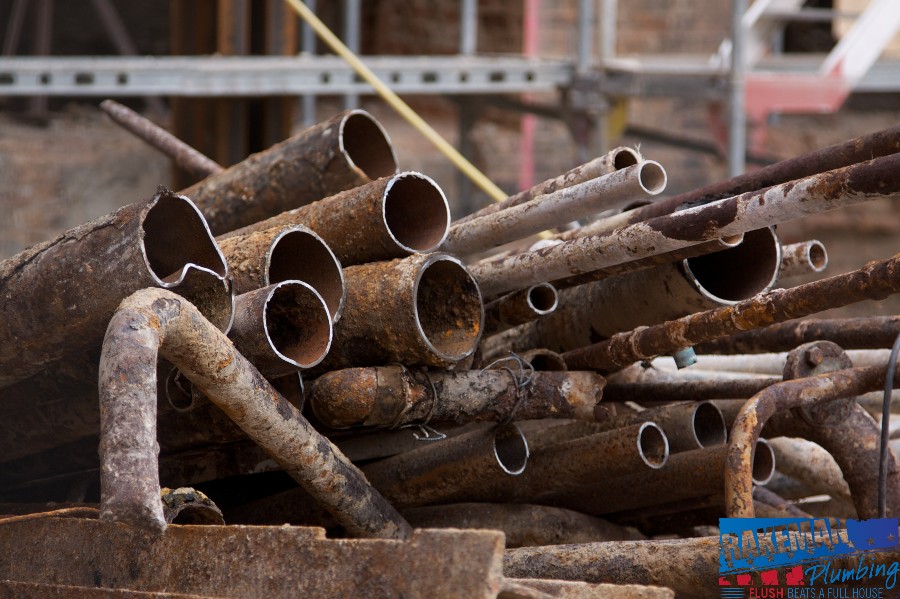Navigating Precision: The Essence of Industrial Equipment Root Cause Analysis
In the intricate dance of industrial machinery, disruptions are like uninvited guests threatening to derail the performance. Enter the maestro known as root cause analysis, a proactive endeavor aimed at not just fixing issues but uncovering the underlying culprits. This article delves into the realm of industrial equipment root cause analysis, exploring its significance, methodologies, and the transformative impact it has on ensuring the uninterrupted rhythm of industrial operations.
Industrial Equipment Root Cause Analysis: Unveiling Precision with Reltix Solutions
For businesses seeking a precision-tailored approach to root cause analysis, platforms like Reltix offer advanced tools and expertise. Reltix.net provides a suite of solutions designed to unravel the mysteries behind industrial equipment disruptions, minimize downtime, and ensure the seamless integration of insights into operations. Explore the possibilities of industrial equipment root cause analysis with Reltix for a vigilant and efficient approach.
Identifying Culprits: The Art of Unmasking Issues
At the core of root cause analysis lies the art of unmasking issues. It’s not merely about addressing symptoms but delving deep to identify the underlying culprits. This involves scrutinizing data, examining equipment behavior, and utilizing advanced diagnostic tools to trace issues back to their origins. Identifying culprits is the foundational step in the journey towards sustainable solutions.
Root Cause Tree Analysis: Mapping the Path to Solutions
In the landscape of root cause analysis methodologies, the Root Cause Tree Analysis stands tall. It’s a structured approach that involves mapping out the potential causes of an issue in a hierarchical tree. Starting from the visible symptoms and branching down to the root causes, this analysis provides a visual representation that guides investigators along a systematic path towards effective solutions.
Failure Mode and Effects Analysis (FMEA): A Strategic Blueprint
Failure Mode and Effects Analysis (FMEA) takes root cause analysis to a strategic level. It’s not just about fixing the current issue; it’s about preventing similar issues in the future. FMEA involves systematically evaluating potential failure modes, their effects on operations, and prioritizing actions to address them. This strategic blueprint ensures that the root causes are not only identified but mitigated for long-term reliability.
Fishbone Diagram: Swimming to the Source
The Fishbone Diagram, also known as the Ishikawa or Cause-and-Effect Diagram, is a visual tool that swims to the source of issues. It identifies potential causes by categorizing them into branches resembling fishbones. This comprehensive diagram aids in exploring various dimensions of the problem, from equipment and processes to people and external factors, ensuring a holistic view in the pursuit of root causes.
5 Whys Technique: Peeling Back the Layers
The 5 Whys technique is a simple yet powerful approach that involves peeling back the layers of an issue by repeatedly asking “Why.” Each answer leads to the next “Why,” drilling down to the core of the problem. It’s a method that encourages deep exploration and prevents superficial solutions by getting to the root of why an issue occurred in the first place.
Data-Driven Insights: Harnessing the Power of Information
In the era of big data, root cause analysis becomes a data-driven expedition. Harnessing the power of information involves analyzing vast datasets to unveil patterns, correlations, and trends related to equipment behavior and failures. Data-driven insights not only aid in identifying root causes but also contribute to informed decision-making for more effective and sustainable solutions.
Human Factor Analysis: Understanding Operator Influence
Beyond machinery and processes, human factors often play a significant role in industrial disruptions. Human Factor Analysis in root cause analysis involves understanding how operator decisions and actions contribute to issues. It’s not about assigning blame but enhancing training, communication, and decision-making processes to minimize the risk of errors leading to disruptions.
Environmental Impact Assessment: Considering External Factors
Industrial equipment doesn’t operate in isolation; it’s influenced by external factors. Environmental Impact Assessment in root cause analysis involves considering variables such as temperature, humidity, and external contaminants. Understanding how environmental conditions impact equipment performance allows businesses to implement protective measures and adapt operations to minimize disruptions.
Root Cause Analysis Reporting: Transparent Insights for Solutions
The culmination of root cause analysis is in the reporting of insights. Transparent reporting involves conveying findings, root causes, and recommended actions in a clear and comprehensible manner. These reports not only inform maintenance teams but also serve as valuable tools for continuous improvement initiatives and strategic decision-making.
Strategic Implementation: Transforming Insights into Actions
The true value of root cause analysis lies in its strategic implementation. From the insights gathered, businesses must translate recommendations into actionable plans. Whether it’s adjusting maintenance schedules, upgrading components, or implementing new protocols, strategic implementation ensures that the lessons learned from root cause analysis contribute to ongoing operational excellence.
Precision Unveiled: Industrial Equipment Root Cause Analysis in Action
In the grand tapestry of industrial operations, root cause analysis is the brushstroke that unveils precision in action. By embracing methodologies like Root Cause Tree Analysis, Failure Mode and Effects Analysis, and the 5 Whys technique, businesses navigate disruptions with finesse. Root cause analysis is not just about fixing issues; it’s about transforming challenges into opportunities for improvement, ensuring that the rhythm of industrial operations remains uninterrupted and precise.









